Pistia stratiotes
Scientific name: Pistia stratiotes
Family: Araceae
Maximum size reached under cultivation: 5 - 20 cm (1.97 - 7.87 inch)
014
Recommended pH range: 6.5 - 7
Recommended water hardness: 4 - 12°dGH (71.43 - 214.29ppm)
0°C 32°F30°C 86°F
Recommended temperature range: 20 - 28 °C (68 - 82.4°F)
Preferred propagation method: Divisions
Native to: Cosmopolitan
Growth rate: Fast
Recommended substrate: Without substrate
Lighting requirements: Bright
Ideal placement in tank: Floating
Common Names
Water Cabbage, Water Lettuce
Planting Area
Pistia stratiotes is a floating plant and should never be planted in the substrate. It thrives when allowed to float freely on the water's surface. The plant’s floating roots absorb nutrients directly from the water, making it an excellent choice for aquariums with excess nitrates or other dissolved nutrients.
Propagation
Pistia stratiotes propagates naturally through division. Daughter plants will separate from the mother plant without requiring intervention from the aquarist. Though it does produce small flowers, they are often hidden within the dense leaves and are rarely noticeable. This natural propagation makes it easy to cultivate, but regular monitoring is necessary to prevent overgrowth.
Difficulty
Easy to care for, Pistia stratiotes is suitable for both beginners and experienced aquarists. In well-maintained aquariums, it typically grows to around 5-6 cm (2-2.4 inches) in diameter. However, in outdoor ponds, it can grow significantly larger, reaching up to 60 cm (23.6 inches) in diameter. While the plant is low-maintenance, it can become invasive if not controlled. Rapid growth can block light from reaching submerged plants and reduce oxygen levels, which may negatively affect the tank’s balance.
Short Description
Pistia stratiotes is often labeled as an aquatic weed due to its invasive potential. In the USA, it is known for obstructing waterways and requires regular maintenance to control its spread. In aquariums, careful management is crucial to prevent the plant from covering the entire water surface. Overgrowth can reduce gas exchange and block light for other plants, potentially disrupting the aquarium ecosystem.
Despite its invasiveness, Pistia stratiotes provides excellent surface coverage, helping to control excess nutrients like nitrates. When maintaining the plant, be sure to dispose of excess growth responsibly - never discard the plant into natural waterways, as it may cause ecological damage. Instead, place any removed plants in the refuse bin to prevent accidental spread.

 Aglaonema commutatum “Silver Queen”
Aglaonema commutatum “Silver Queen” Aglaonema simplex
Aglaonema simplex Anubias afzelii
Anubias afzelii Anubias barteri
Anubias barteri Anubias barteri “Caladiifolia” ‘1705’
Anubias barteri “Caladiifolia” ‘1705’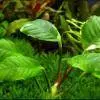 Anubias barteri “Coffeefolia”
Anubias barteri “Coffeefolia” Anubias barteri “Nana”
Anubias barteri “Nana” Anubias barteri v. angustifolia
Anubias barteri v. angustifolia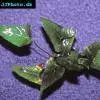 Anubias gracilis
Anubias gracilis Anubias heterophylla
Anubias heterophylla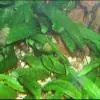 Cryptocoryne affinis
Cryptocoryne affinis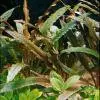 Cryptocoryne albida
Cryptocoryne albida Cryptocoryne balansae
Cryptocoryne balansae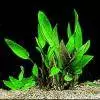 Cryptocoryne becketti
Cryptocoryne becketti Cryptocoryne blassi
Cryptocoryne blassi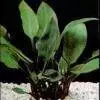 Cryptocoryne ciliata
Cryptocoryne ciliata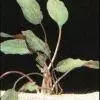 Cryptocoryne cordata
Cryptocoryne cordata Cryptocoryne lutea
Cryptocoryne lutea Cryptocoryne nevillii
Cryptocoryne nevillii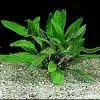 Cryptocoryne petchii
Cryptocoryne petchii Cryptocoryne pontederiifolia
Cryptocoryne pontederiifolia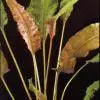 Cryptocoryne wendtii
Cryptocoryne wendtii Cryptocoryne willisii
Cryptocoryne willisii Lagenandra ovata
Lagenandra ovata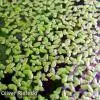 Lemna minor
Lemna minor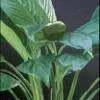 Spathiphyllum petite
Spathiphyllum petite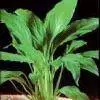 Spathiphyllum wallisii
Spathiphyllum wallisii